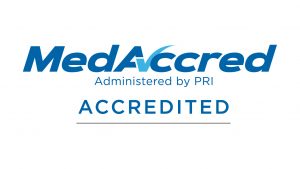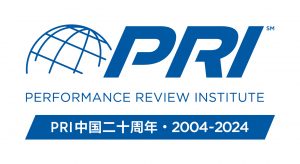Root cause, corrective action (RCCA) analysis is a key element to the Nadcap program and audit review. Once non-conformances (NCRs) are identified during a Nadcap audit, steps must be taken to address these issues and ensure they are corrected. Knowing the various elements of RCCA response is critical to ensuring appropriate improvements are made to correct existing issues and prevent similar issues in the future. During audit review, the number of cycles of response necessary for closure of NCRs are often extended due to a lack of understanding of the expectations of how to respond in RCCA format. This article outlines the various elements of RCCA to improve understanding of what Nadcap Task Groups are looking for in terms of responses and improvements related to NCRs.
The first-round response must be in RCCA format and contain the following elements:
- Immediate corrective action taken
- Root cause of non-conformance
- Impact of all identified causes and the root cause
- Action to prevent recurrence
- Effectivity date
- Objective evidence
A response must be provided for all six elements of the RCCA response. This response must not include technical information for U.S. Export Controlled jobs (not including jobs identified as “No License Required”). Technical data must be redacted from these responses.
The immediate corrective action taken is the direct fix to the issue identified by the Auditor. This action must address the non-conformance ensuring that the issue is now corrected. There must always be a response provided for this section and a response of “None” is not acceptable. This response must also include containment actions identifying how extensive the issue is (are other parts, work instructions, etc. affected?). Any applicable internal or customer notifications are to be included with the immediate corrective action. This portion of the response also addresses whether parts need to be quarantined or equipment must be taken out of service.
The root cause is the identification of the problem within the system that allowed the non-conformance to occur. A single root cause must be identified. There may be contributing causes and these should be discussed. However, a single clear root cause must be identified. Restating the NCR is not the root cause. The root cause must dive deeper into the internal system to determine why the non-conformance wasn’t prevented.
The impact response does not only pertain just to product impact. The task group is also looking for a review of the impact on the internal system. When responding to impact, justification must be provided. A response of only ‘No Impact’ is not acceptable, an explanation must be provided even when the “Supplier to Evaluate Impact” box has not been selected.
The action to prevent recurrence addresses the identified root cause. This is the system fix for the issue identified during the root cause analysis. For example, one-time training is not sufficient for this corrective action. If the root cause truly is a training issue, the preventative action needs to address long term training and improvements to the training program. Additionally, the preventative action typically extends beyond the internal audit. The internal audit is a tool that will identify issues eventually (at the time of the next internal audit), but it does not prevent them from happening as an issue may occur several months before the next internal audit would identify it. The preventative action must address the time of implementation and cover the time when changes are made to the system.
The effectivity date is the date that the corrective actions occur. There may be multiple effectivity dates if some actions extend into the future and the date that should be provided is the date that the last corrective action is expected to be completed.
Objective evidence must be provided for all changes made, including records for training to those changes. Evidence of corrected documents must be submitted for review. This does not have to be the completed revision. A draft or change request may be provided, but the objective evidence must include the associated changes, the document identification, and indication that the revision level and date are changing. Any objective evidence containing U.S. Export Controlled information that is restricted is to be submitted to the restricteddata@p-r-i.org email address. This does not include items that are designated as “No License Required.”
Visit www.eAuditNet.com for detailed guidelines on responding to NCRs. Examples of NCR responses are also available in eAuditNet under Resources/Documents/ Public Documents, as well as, in each NCR. Understanding the elements of RCCA analysis will lead to more effective responses to NCRs and ensure the appropriate improvements are being made to address these issues.
Additional RCCA training is available through eQuaLearn. Upcoming eQuaLearn RCCA public training sessions will be held in Souderton, PA; Rzeszow, Poland; Prague, Czech Republic, and Bristol, UK. The next three-hour RCCA Nadcap Style webinar will be held on 8 February 2018. A complete list of all public and webinar trainings are available on eQuaLearn.com. Please contact an eQuaLearn team member with any training questions or for assistance with registration.





